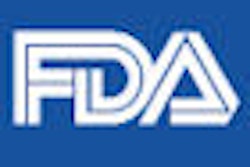Tuesday, November 27 | 11:10 a.m.-11:20 a.m. | SSG09-05 | Room S402AB
In this Tuesday morning presentation, Stanford University researchers will discuss their approach to automate and reduce variation in imaging assessment of treatment response.Following up on research presented on Monday (SSC08-05) on automated quantitative assessment of cancer treatment response, the Stanford team turned its attention to the interpretation of the quantitative data.
Once quantitative data on tumor response have been collected from imaging studies, a variety of different criteria with different rules (including the Response Evaluation Criteria in Solid Tumors [RECIST] criteria) are used by physicians to convert those changes in measurement to an impression over whether the disease is responding or not, said co-author Dr. Daniel Rubin.
"But radiologists don't generally know the rules, so our goal here was to enable the radiologists to do a complete report, not just summarize measurements," Rubin said. "Once you've got the measurements, we developed a system that will take those measurements and do the interpretations by using an informatics method called computer inference, or reasoning."
The system then produces the summary categorization. The researchers applied the tool to annotate 116 images from 10 cancer patients who had serial imaging studies, and to infer the response characteristics of the cancer lesions. All inferences were confirmed as correct by an oncologist.
"A lot of radiology interpretations involve processing knowledge that may not be immediately accessible to radiologists, and that knowledge can be put into a computer and be used to help them generate or apply this knowledge in the workflow," he said. "As a result of that, they could potentially expand the scope of the practice that they do to include tumor assessments using these types of methods."



















